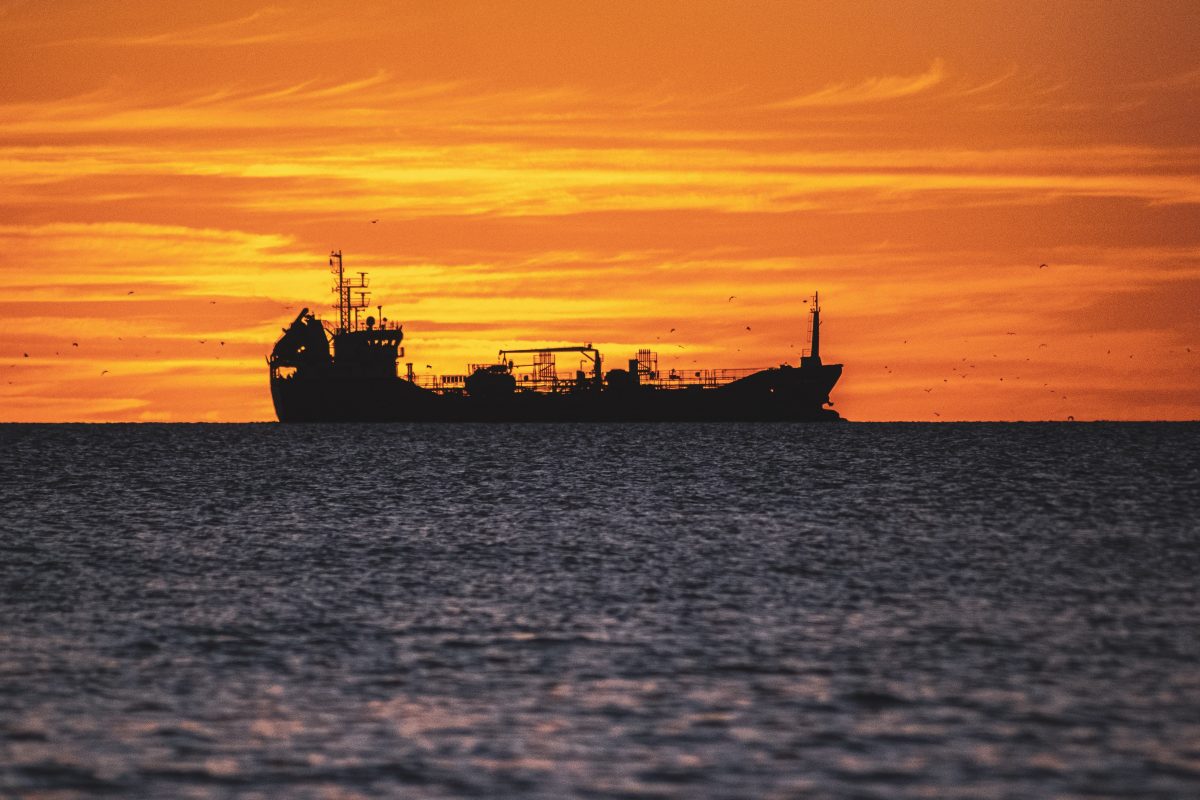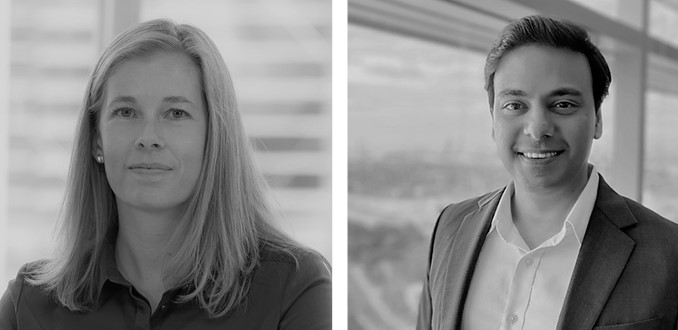Interview: Safetytech Leader Interview with Shanker Pillai
07/09/2021
Karen Verhoog of the Safetytech Accelerator interviewed Shanker Pillai, Head of Innovation and Change at Hafnia, on Innovation and Change in Safety.
Hafnia is one of the world’s leading oil product tanker owners and operators. The Company provides transportation of oil and oil products to leading national and international oil companies, major chemical companies, as well as trading and utility companies. Hafnia operates a fleet of 184 vessels in pools, including newbuilds.
“Hi Shanker, thanks for taking the time to chat with us. Firstly, could you tell us about your role and innovation at Hafnia?
At Hafnia, we have a department called Innovation and Change, which sits within the senior management team and reports to the chief executive. I lead this department, and we have three main responsibilities.
The first responsibility is Open Innovation. This concept means looking outside our industry and even at adjacent ones. What are some new start-ups or technologies out there? What new corporate partnerships are forming? What can we bring back to the organisation? If any of those might benefit our strategy or help us become more innovative, how can we strike up those partnerships?
The second is Digital Studio or Digital Prototyping. An example of this would be when an employee suggests an idea, and we create a mock-up or a digital prototype of it. We can run those prototypes in a matter of weeks rather than months – it’s not a completely perfect model, but we can test people’s ideas.
The last but most important part is change or cultural transformation. For any organisation to adopt and accelerate their innovation, they need to change some of their traditional ways of doing things. They must be more open about trying out new paths and even failing at times. Hence, for the change and cultural transformation aspects, we let people try out new things. We involve them in exercises we do with start-ups internally, we run workshops on design thinking and lean techniques so that people can understand how to apply this back to their daily routines. Sometimes we even run industry-level hackathons.
We always find cultural transformation to be the hardest part of innovation. As you know, Safetytech Accelerator focuses on the biggest challenges in safety and risk in the industry. What are the biggest risk and safety challenges you’re thinking about?
I can’t say I’m an expert in this area but we have a specialist team who focus on avoiding accidents from an innovation perspective. For example, navigating our way around buoys. We pay attention to even small things like this. In some cases, we partner with start-ups who, for instance, have an amazing quality of satellite vision or cameras onboard to see what dangers are out there.
Internally, we were trying to introduce the concept of remote maintenance. This adoption involved looking at equipment remotely via cameras to determine what is wrong with them, before going into the engine room and fixing them. An expert would be there to guide them throughout the process – not just for maintenance but to make sure that it’s done in a proper and safe way.
Safety and accident avoidance must always be the priority. The technologies we believe have the highest potential in safetytech (which we call our safetytech six) are data analytics, AI, visual analytics, AR / VR sensors and wearables, drones, and robotics. Which of these do you think have the highest potential?
Data, the ability to capture and evaluate images plus getting insights in real time – these are all connected to AI. For example, we’re interested in tech that can analyse multiple data points and come up with insights or some sort of safety score. We’re thinking of using AR for training purposes. Drones are another tech that might be interesting – this could be for tank inspection or whether they could deliver small payloads to vessels. Of course, adopting this technology is more of a sustainability initiative than for safety.
How do you make that connection between risks or safety challenges and innovation? How do you decide that there’s a problem that needs to be solved? When do you decide to prioritise an issue?
I think it’s a two-fold approach. The safety team doesn’t come in and give us their problem statements because often, they don’t know the problem exactly, but they know the symptoms. For example, they might come in and tell us that navigation is a big issue and we need to look at it.
The other way we do it is the outside-in approach. We adopt this method when something catches our attention, like an interesting start-up doing something unique on safety. For instance, we were talking about a start-up that had a 360-degree vision camera with a 400-yard range. Perhaps we could evaluate it and see if there’s any ways we can make this technology useful for us. This exploration may not be always prompted by a problem statement.
I’ll give you another example: there are cameras onboard to monitor crew activities to see when they are entering a restricted area. It’s not a problem statement that we thought about. We just heard of an Israeli start-up that was doing something interesting in that area.
Are there any interesting safety and risk developments happening in other organisations that catch your attention?
I see a lot of organisations that we work very closely with, such as Shell, that are doing a lot of cool things in this area. Risk is a very broad term, so I would also include something we’re doing on health and wellness, which is more preventive, under this term as well.
One example is a digital physiotherapy system. We know there’s a lot of telemedicine available if someone is ill. But what if someone has back pain? Unfortunately, this type of thing is usually ignored. Our seafarers may not even report this on telemedicine apps because usually you have to see a physio. However, the problem is that this back pain could one day result in something a lot worse.
Hence, we’re working with this very early stage start-up to pilot additional physiotherapy solutions for our crew. It’s an app where you point out which part of your body is hurting, and you answer a set of questions. It gives you a list of exercises which a physiotherapist would usually give you. We are launching this app on a trial basis to all our seafarers to see how effective it is and find out if there is potential to scale it up.
That’s a very interesting pilot which I imagine will land well with your seafarers. You mentioned you’re working with Shell and some other companies. Many of these companies would have the same problems to solve. What are your thoughts on how the industry could get together and share these learnings?
I think COVID-19 has accelerated the appetite to work together. People are more eager to share learnings that are not commercial. If it’s around topics that are applicable across the industry, like decarbonisation, safety, wellness, and orchestration, there’s a lot more interest in people sharing and getting together for discussions. We do have formal and informal working groups where we talk about these issues. Last year, we were part of a large decarbonisation group with close to 11 or 12 different partners. This year, we’re partnering with Shell to increase gender diversity in the maritime industry, and there will be a hackathon on those topics. In summary, collaborations and industry-level partnerships do happen from time to time and is something we strive for.
I do feel that there’s a greater need for collaboration, and people should start sharing more data. Working alone will not render the best outcomes – people need to realise that if we operate in silos, it will take very long to find solutions. I hope to see this change happen soon.
Shanker, many thanks for taking the time to speak with me and sharing your thoughts on all things innovation, we look forward to a great future of Safetytech and industry collaboration to make the world a safer place.”
If you are interested to find out more about the Safetytech Accelerator please get in touch with us here, otherwise stay tuned for further interviews with innovation leaders.


